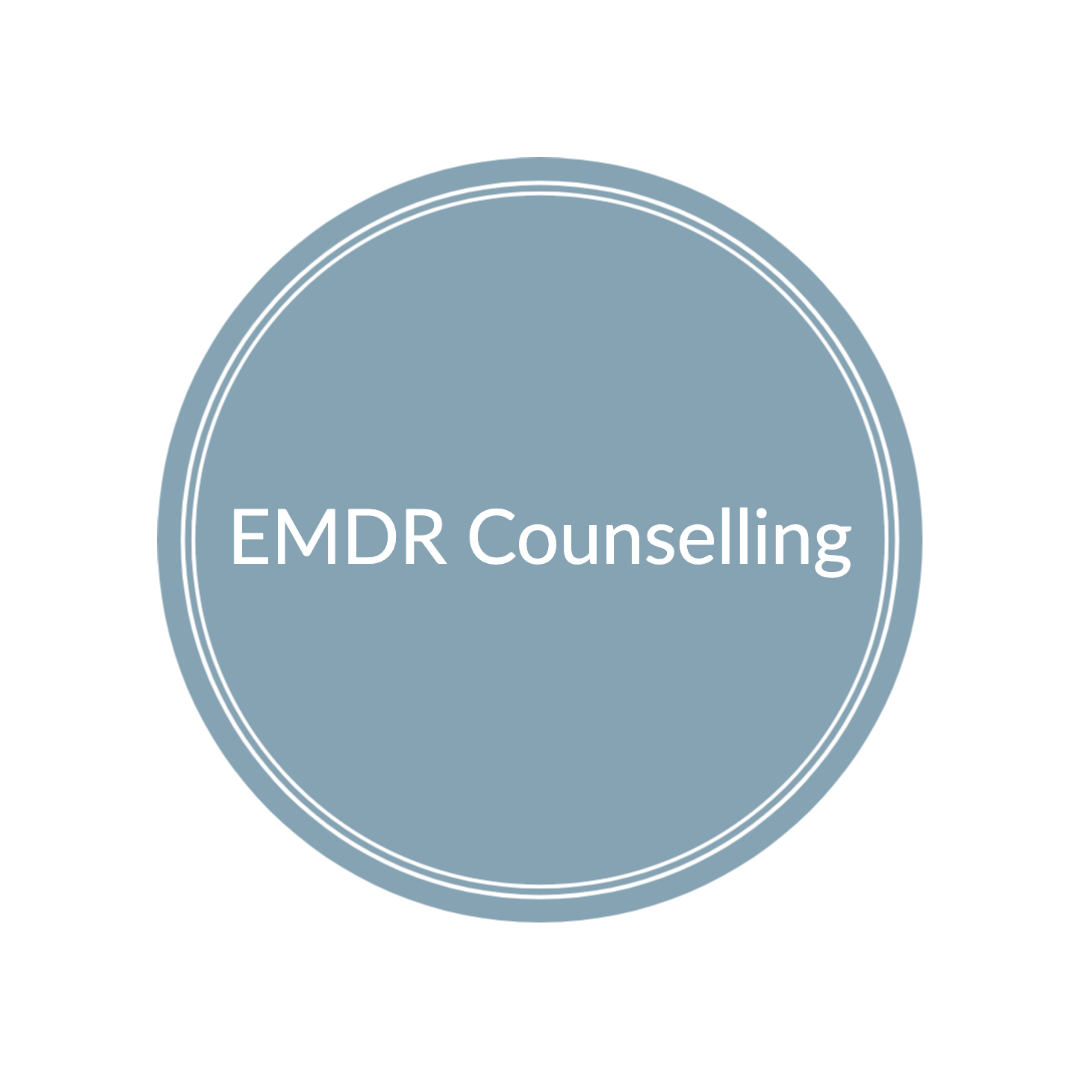Eye Movement Desensitization and Reprocessing
How is EMDR different from other therapies?
EMDR therapy does not require talking in detail about the distressing issue or homework between sessions. EMDR, rather than focusing on changing the emotions, thoughts, or behaviours resulting from the painful trauma, allows the brain to resume its natural healing process. EMDR therapy is designed to resolve unprocessed traumatic memories in the brain. Part of the therapy includes alternating eye movements, sounds, or taps. For many clients, EMDR therapy can be completed in fewer sessions than other psychotherapies.
Who can benefit from EMDR therapy?
EMDR therapy helps children and adults – all ages. Therapists use EMDR with a wide range of challenges:
- Anxiety, panic attacks, and phobias
- Chronic Illness and medical issues
- Depression and bipolar disorders
- Dissociative disorders
- Eating disorders
- Grief and loss
- Pain
- Performance anxiety
- Personality disorders
- PTSD and other trauma and stress related issues
- Sexual assault
- Sleep disturbance
- Substance abuse and addiction
- Violence and abuse
What To Expect From Your First EMDR Session
Every EMDR therapy session can be different, but during your first EMDR session, you can expect to talk about your history and treatment plan.
You and the therapist will develop a secure working relationship. Your history is discussed, and a treatment plan is developed with attention to the pacing of therapy and the selection of traumatic events that will be part of the treatment. In addition, your internal and external resources are assessed.
What We Do
EMDR Therapy helps people of all ages through their healing journey. Our life experiences, good and bad, affect how we experience the world around us. We are here to help you heal from the past and to have a more peaceful, joyful, and enjoyable future. We aim to provide a caring, supportive environment while using EMDR therapy.
